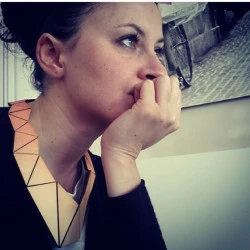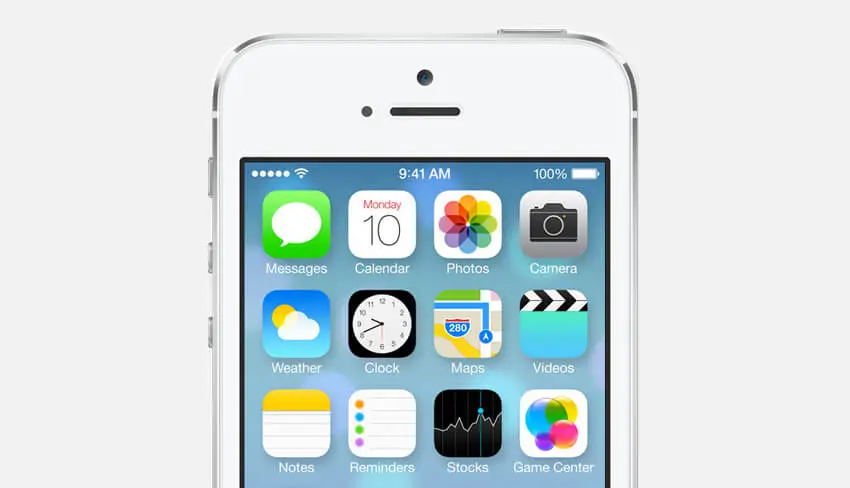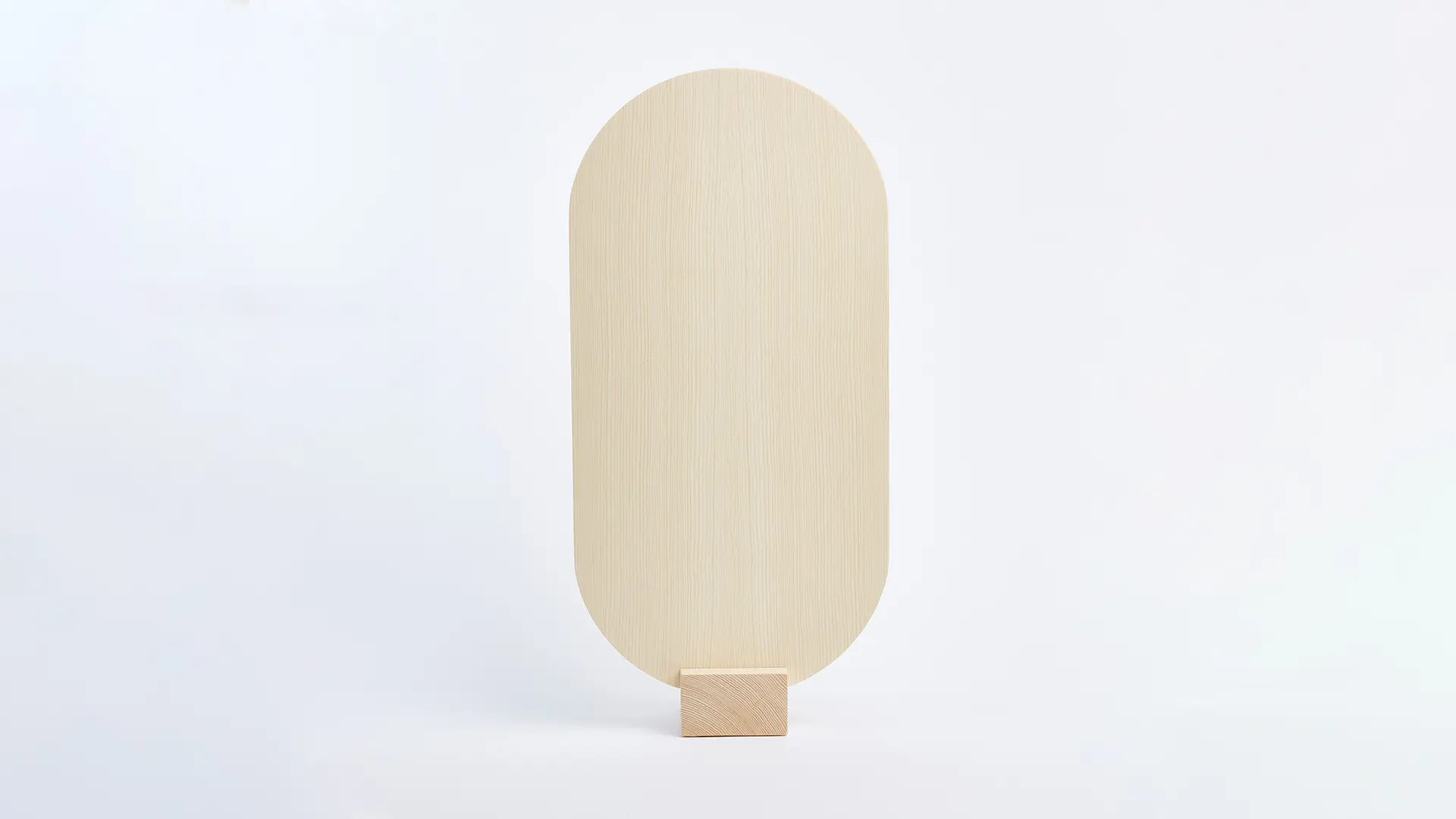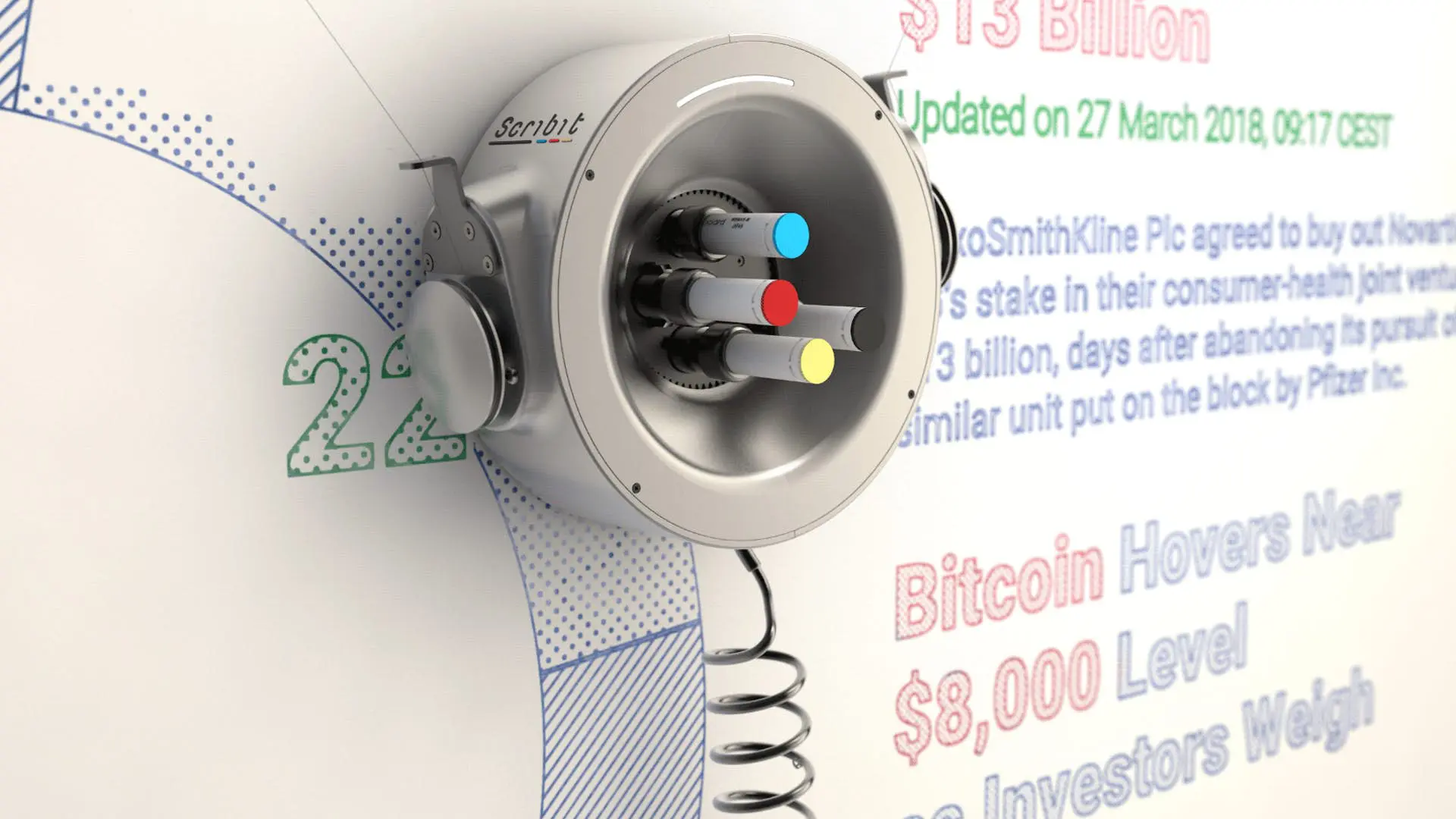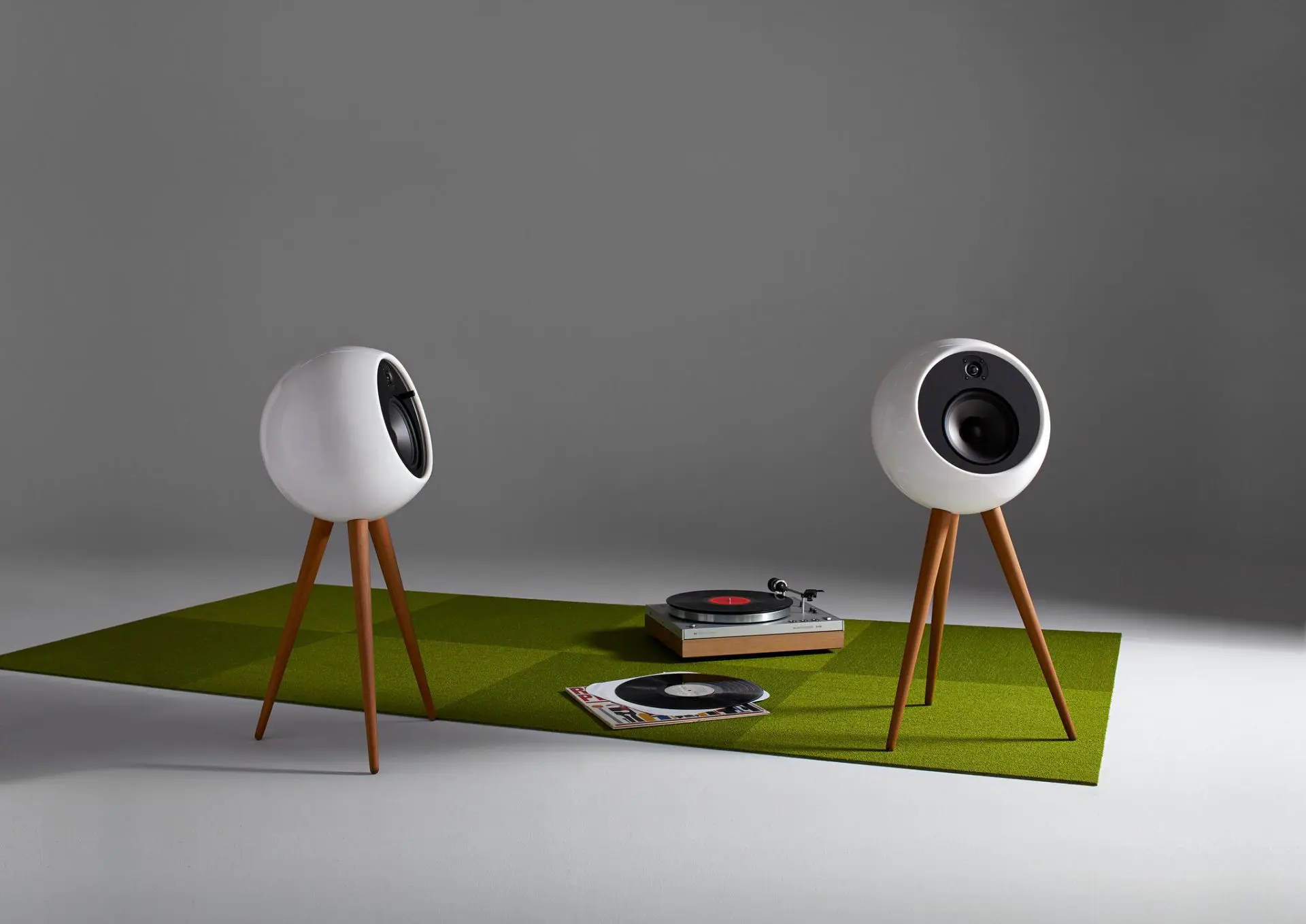Jonathan Ive: ease and simplicity of use are achieved by obsessing with details
Ease and simplicity of use are achieved by obsessing with details that are often overlooked

After nearly 30 years at Apple and becoming the most influential designer, Jonathan Ive decided to pursue “personal projects”, but not completely, as he started his own design firm that will have Apple as its first client, starting from 2020.
There is no question that design drives Apple, but who made the magic happen in Cupertino, was Sir Jonathan ‘Jony’ Ive, one of the two most important people – the other being the late Steve Jobs – at the world’s first trillion-dollar company.
Born in London in 1967, Jonathan Ive studied Art and Design at Newcastle Polytechnic, and co-founded Tangerine right after graduating.

The design consultancy counted Apple among its clients, and the American company offered him a full-time position few years later, after seeing his sketch for a proto-iPad, a tablet Mac called the Macintosh Folio, with a stylus and adjustable screen – but it was only after Jobs returned as CEO of the company in 1997 that the real impact of his creativity began to be felt.
His whole work has been influenced by Dieter Rams‘ 10 principles of good design.
Functionality and minimalism are reflected in Jonathan Ive’s very sense of style and public appearance.
Known for his nearly shaved head and trimmed beard, his voice has been noted for its Essex accent and loquacious speech and used in Apple’s promotional videos from 1994 to 2018.
Enchanted by the creative process, Mr. Ive settled his leadership role with the design of the iMac that debuted in 1998 with an alluring rounded exterior in translucent candy colors, seducing more than two million clients that year.
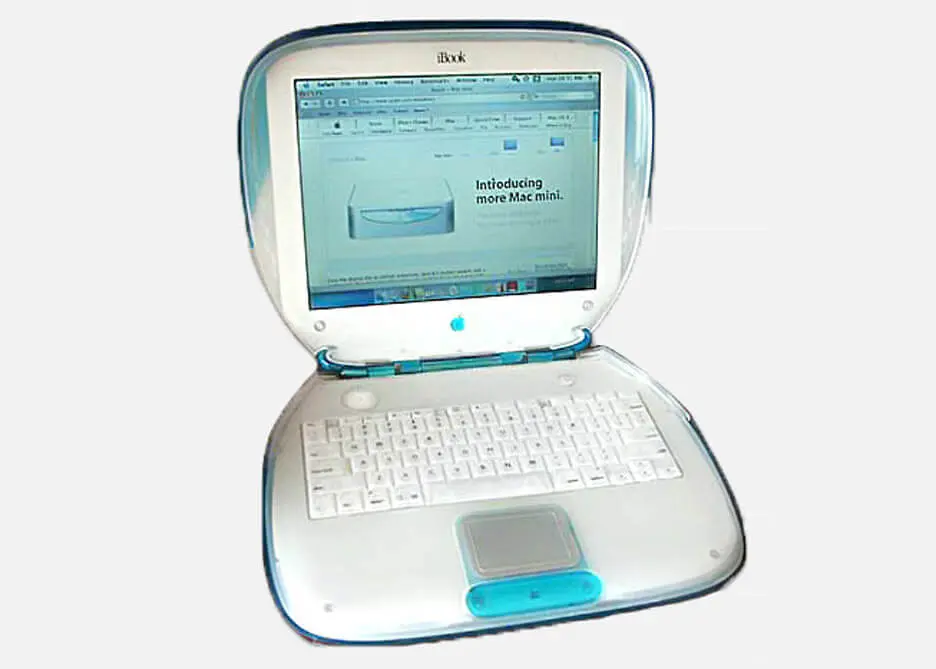
Ease and simplicity of use are achieved by obsessing with details that are often overlooked.
It came from Steve Jobs, who pushed his creatives and engineers to consider that it isn’t the device what the customer wants – it is the experience, the service.
It takes a great deal of work to create something easy to use, and according to Jonathan Ive there are nine rejected ideas for every idea that works – ‘different and new is relatively easy. Doing something that’s genuinely better is very hard’.
All of Ive’s successive designs reflect his effort to maximize efficiency and comfort for the user – as he said, ‘there is beauty when something works and it works intuitively‘.
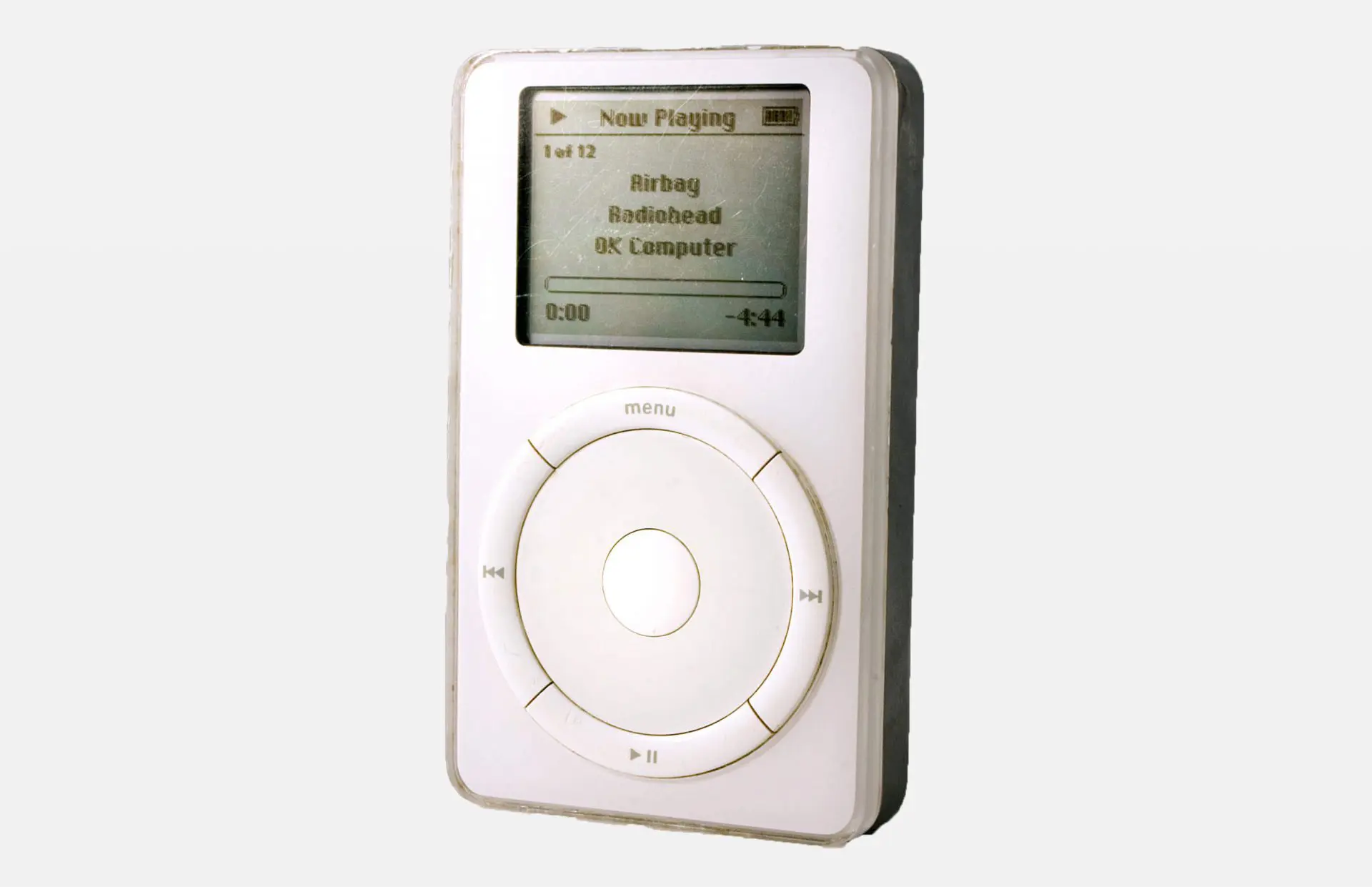
The iPod (2001), a portable media player soon becoming a line of multi-purpose pocket computers, the iPhone (2007) and the iPad (2010) are considered revolutionary objects attracting customers of all ages, thanks to a simple user interface built around a multi-touch screen that includes a virtual keyboard.
Making money is the direct consequence of making the best product you can, and aesthetics does count a lot.
Ive is the one who pushed Apple to embrace white products, even if Jobs was initially against it, and firmly believe in making their potent phenomenal technology smaller, better, more reliable.
Examples of this are the desktop computers, laptops and white headphones that differentiated the iPod users in a simple yet powerful way.
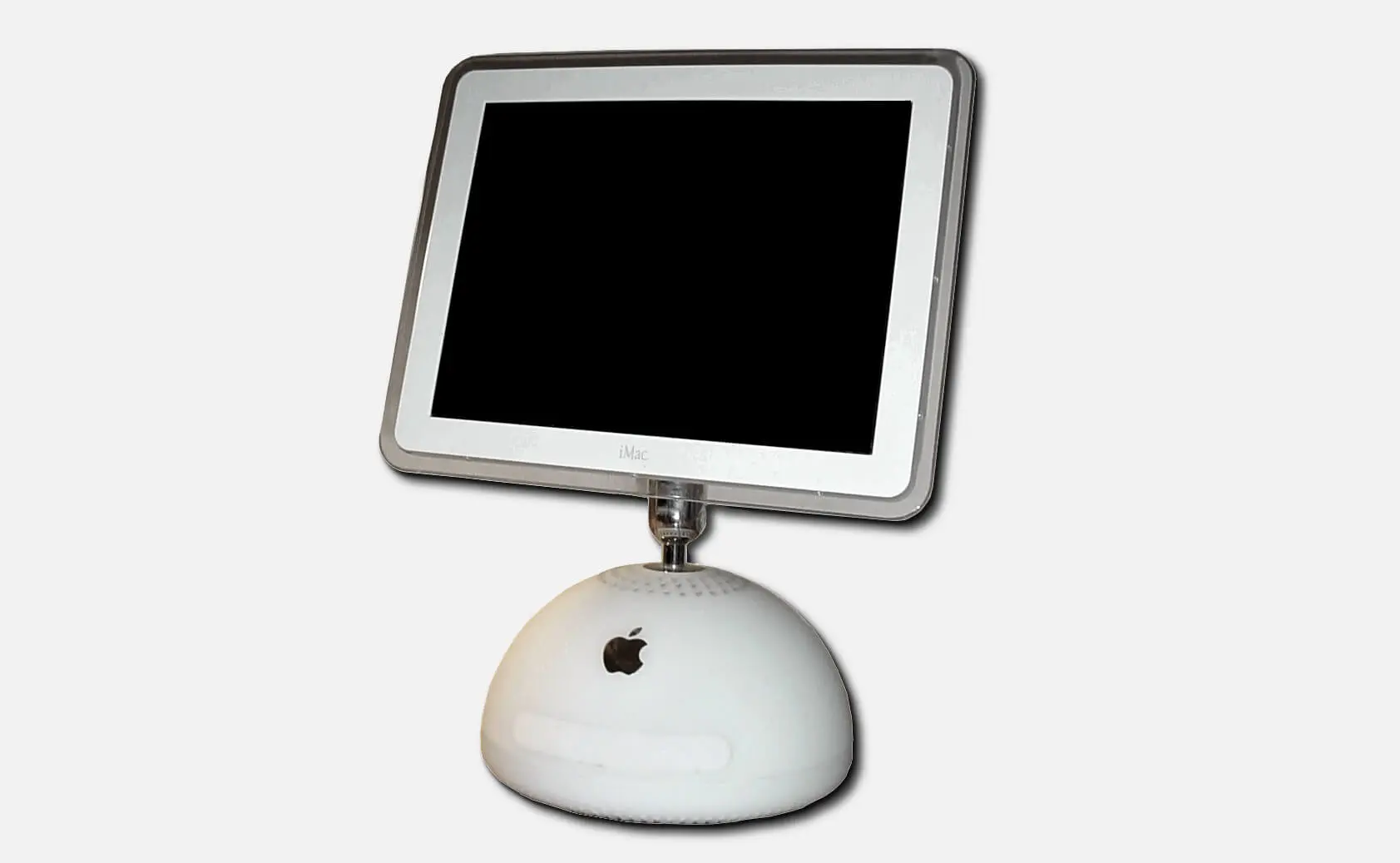
Jonathan Ive is one of the world’s best paid designers
In 2006 he was made Commander of the Order of the British Empire and Knight Commander in 2012.
With a passion for fast cars, in the early 2000s Ive bought an Aston Martin DB9 and one month later got into a car accident with a member of his design team, nearly killing them both.
As a consequence to the event, Apple gave him a big pay raise, thanking destiny for another chance with an irreplaceable talent.
Furthermore, Ive was considered the torchbearer of Apple’s design aesthetic and vision in the years after Steve Jobs’ death.
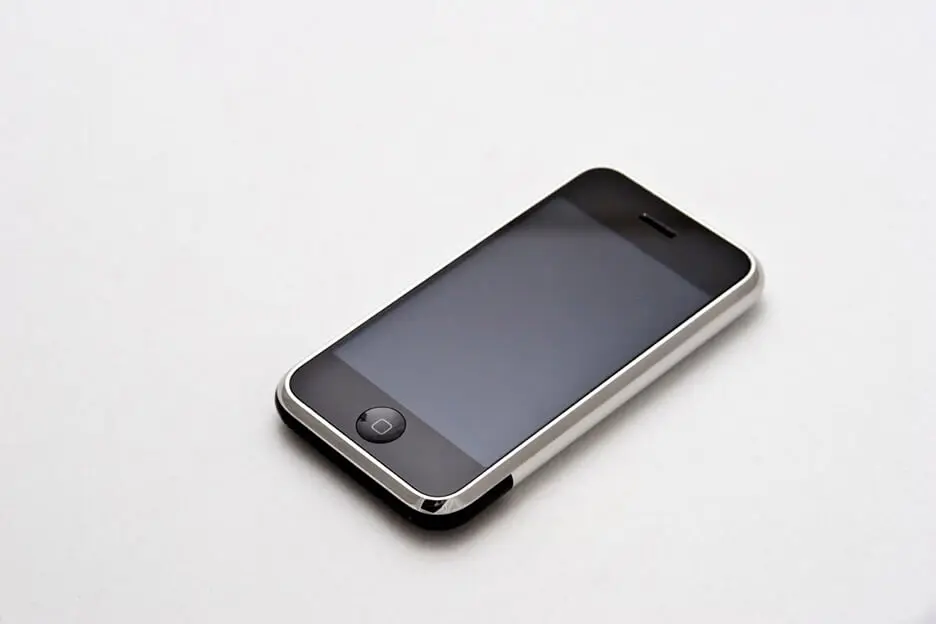
Mr. Ive as an independent designer
With a unique legacy as the most important designer of the last two decades, Ive decided to start his own firm, LoveForm, after leaving his role at Apple in 2019.
Ive’s new company, reportedly launching in 2020, is co-founded together with his fellow Apple designer Marc Newson, who has worked with some of the top brands in the world.

